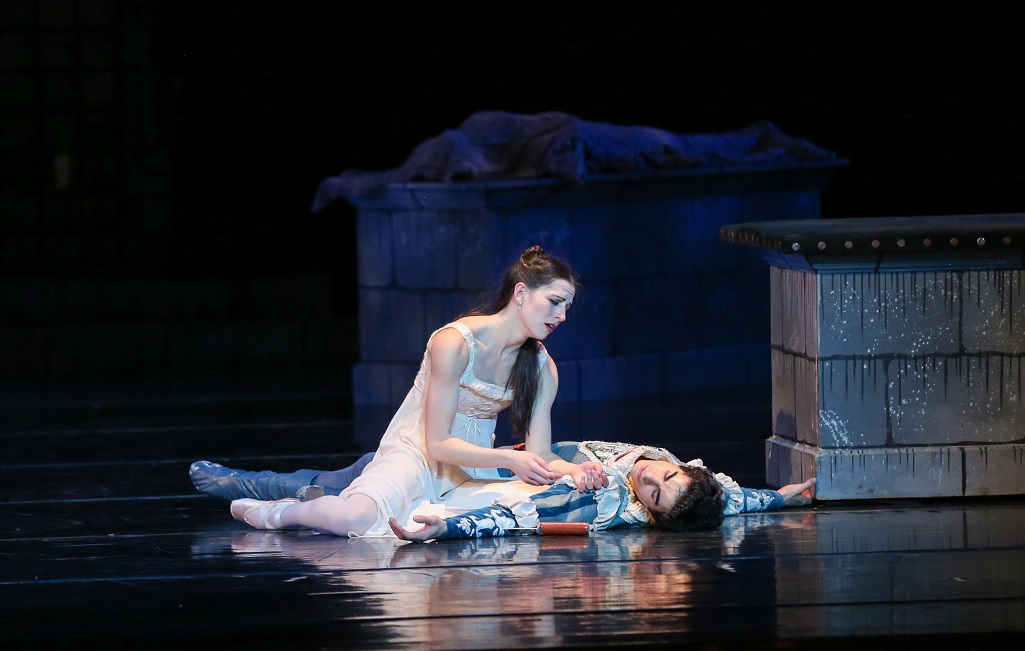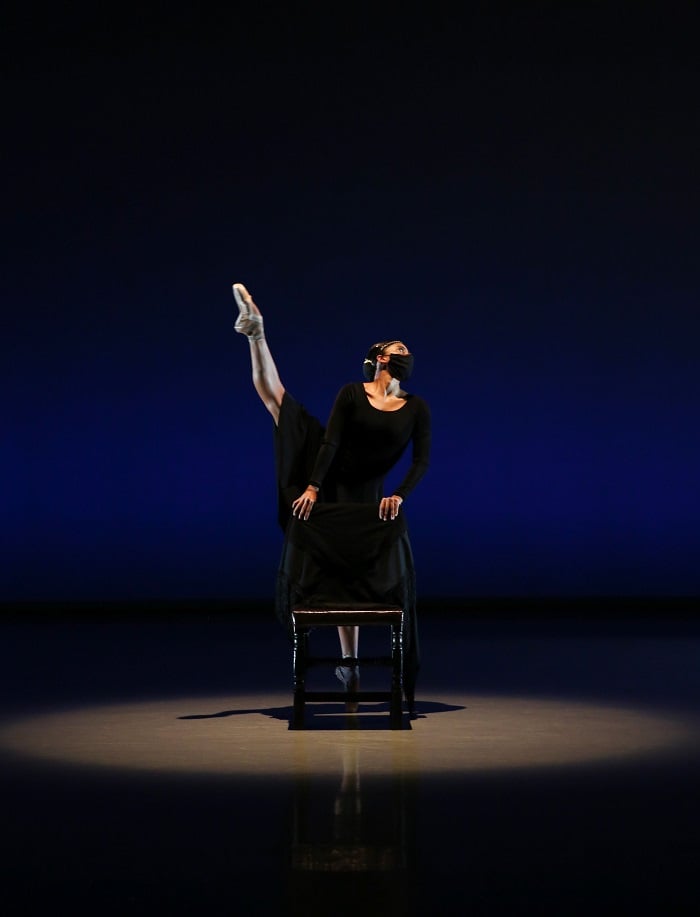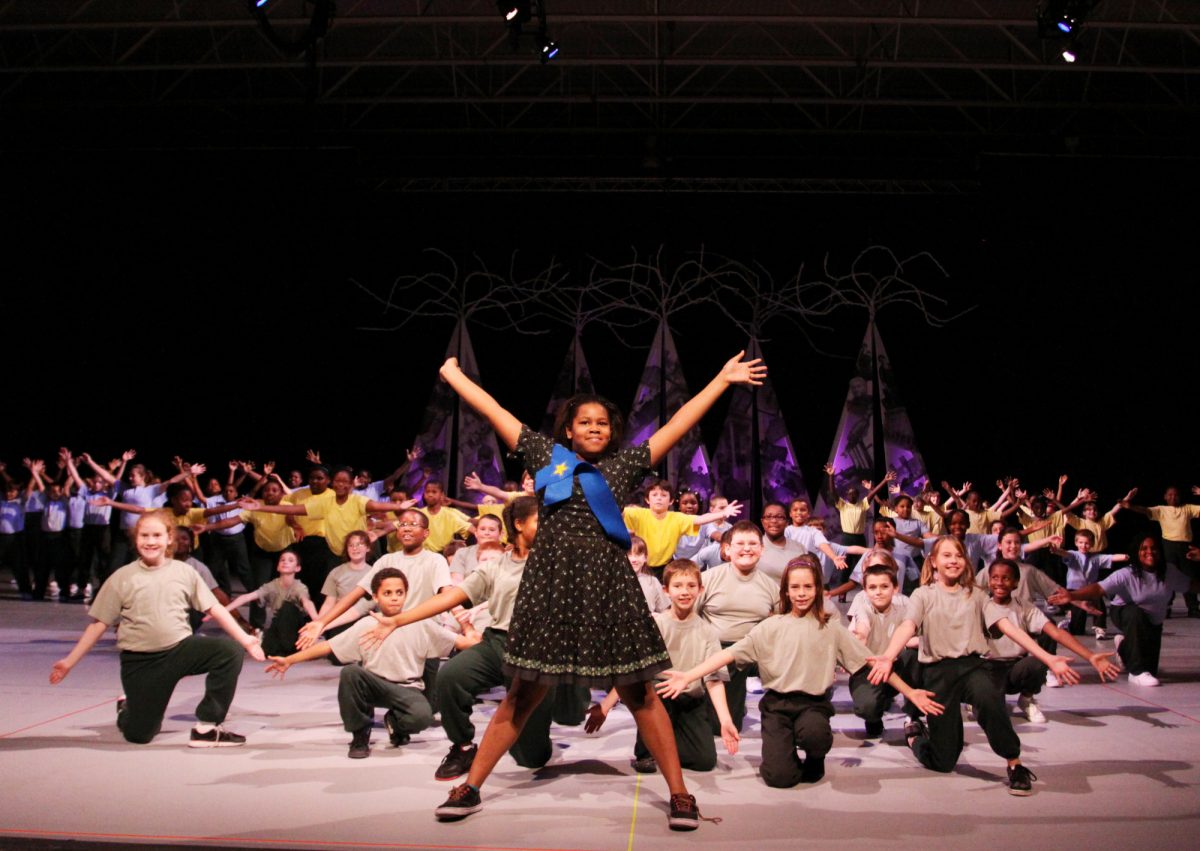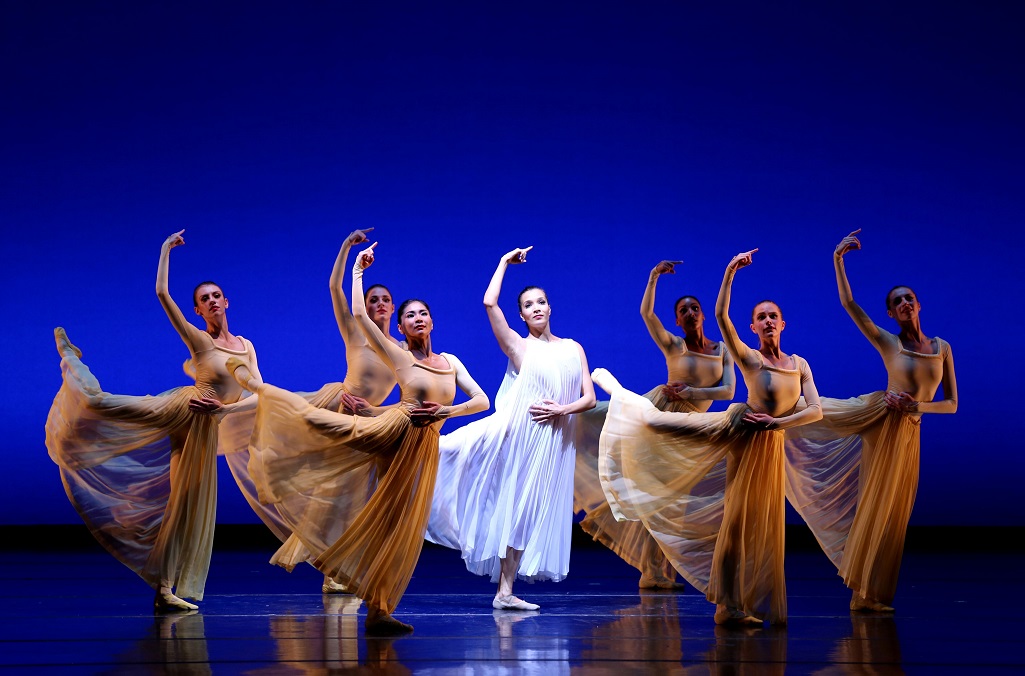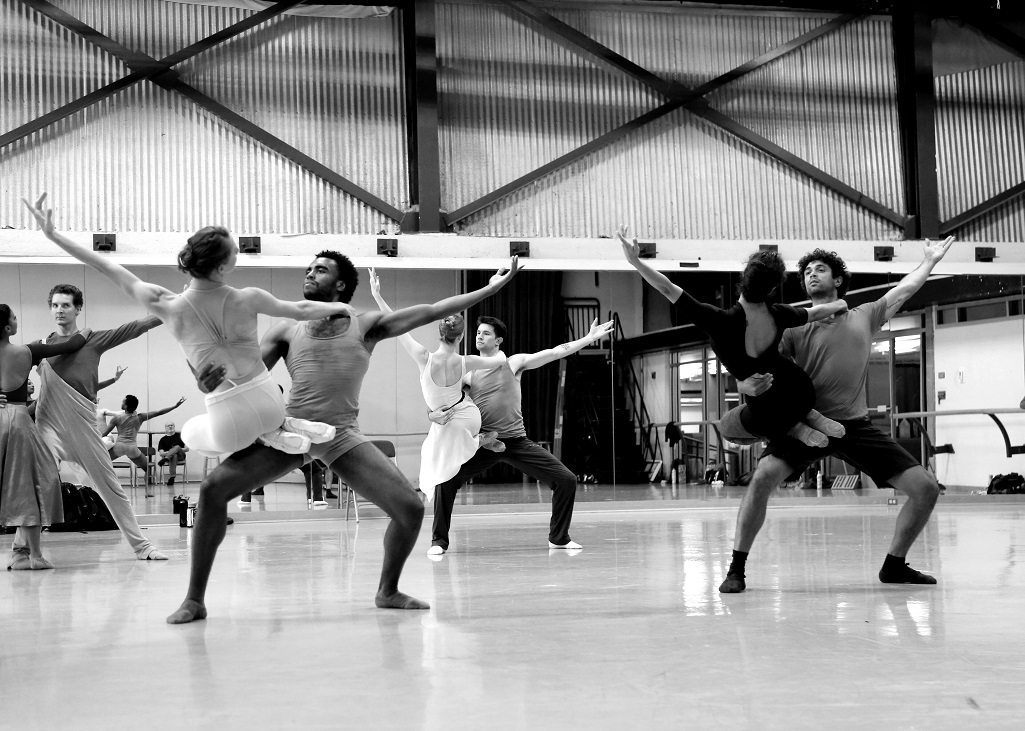Richmond Ballet's performance of Romeo & Juliet showed that the iconic Shakespeare play can still communicate a powerful message to audiences, even when the dialogue is replaced by dance. Last month at the Dominion Energy Center, the Richmond Ballet, alongside the...
